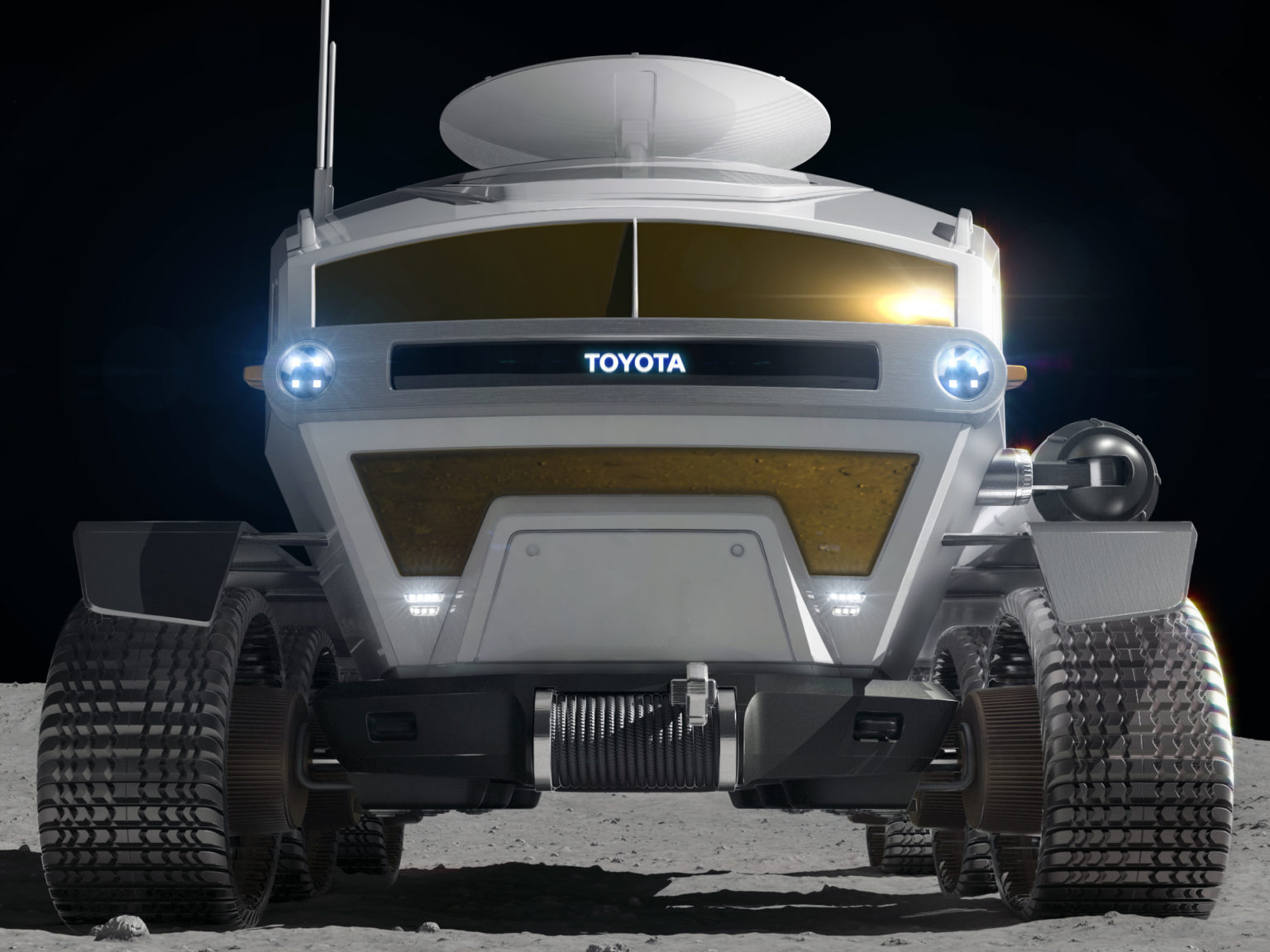A partnership with the Japan Aerospace Exploration Agency (JAXA) has delivered the Toyota Lunar Cruiser, a four-seat moon rover. Work on the project has lasted over a year, commencing in July 2019.
With a name inspired by Toyota’s Land Cruiser SUV, the Lunar Cruiser is a six-wheel utility vehicle that is six meters long, five meters wide and about four meters high. It can accommodate two people for regular use and four in an emergency.
This isn’t just a one-off project designed to generate publicity for JAXA and Toyota. The Lunar Cruiser’s design and engineering process has a number of milestones set out to meet. Starting in 2022, the partnership will manufacture a 1:1 scale prototype of the rover then begin acquiring and verifying testing data on driving systems required to explore the moon’s polar regions.
Two years later, it is expected that progress will be able to advance to allow for design, manufacturing, and evaluation of an engineering model of the rover and design of the actual flight model will begin. By 2027, the flight model will be manufactured and design and evaluation of the model will be underway.
It’s projected to be ready for work in 2029. JAXA plans to use it as part of a manned exploration in 2030.
When manned, the rover will be pressurized and is designed to use fuel cell electric vehicle (FCEV) technologies to navigate the moon’s surface.
Pressurised Rover Concept | Toyota and Japan Aerospace Exploration Agency
www.youtube.com
This isn’t the only massive fuel cell technology undertaking Toyota is involved in. They recently revealed plans to create an alternatively fueled live-work-play testing facility at the base of Mt. Fuji.
While those projects are ongoing, Toyota is moving forward with passenger car and tractor trailer FCEV technology. They recently debuted a redesigned Mirai sedan and have begun installing hydrogen fueling stations along the western coast of California to be used by the overland trucking industry. The company continues efforts to lobby towns on the East Coast of the U.S. to adapt restrictive laws to be more receptive to FCEV vehicles.








